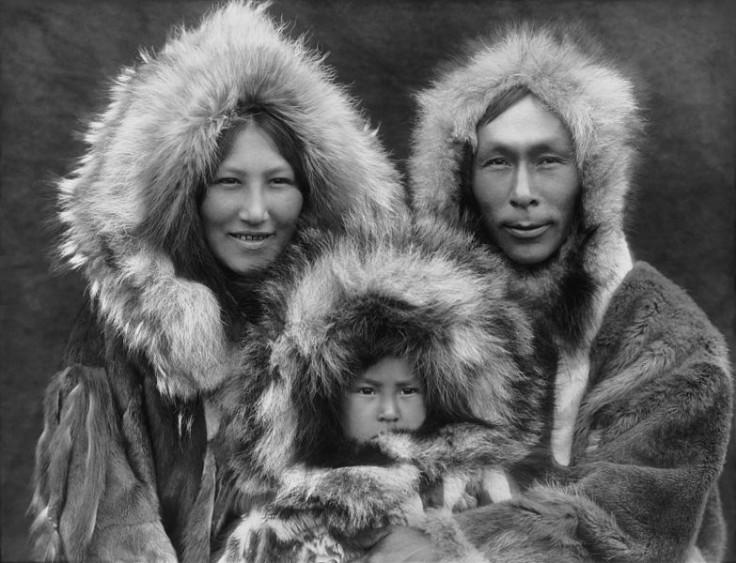Mystery Of Paleo-Eskimos, The ‘Hobbits’ Of The Arctic Who Vanished 700 Years Ago, Revealed In Study

Paleo-Eskimos, the ancestors of modern-day Inuit and Native Americans and the earliest people to settle the North American Arctic, were isolated from other cultures for 4,000 years before vanishing around 1300 A.D., DNA analysis shows. The circumstances surrounding the strange disappearance of these early North Americans, known as the Dorset culture, has long been a mystery, but research suggests inbreeding, climate change or competition with other populations of hunters could have played a role, a study led by the University of Copenhagen and published Friday in the journal Science found.
“The Dorsets were the Hobbits of the eastern Arctic -- a very strange and very conservative people who we’re only just getting to know a little bit,” anthropologist William Fitzhugh, director of the Arctic Studies Center at the Smithsonian’s National Museum of Natural History and a co-author of the study, told the Washington Post. Because the Dorset people lacked sophisticated weaponry like bows and arrows, “they were, in a sense, sitting ducks,” he said.
Researchers studied the remains of some 169 Paleo-Eskimos discovered in northern Greenland, including their hair, bones and teeth. Scientists extracted mitochondrial DNA from the remains and compared it to genetic samples from modern people living in Greenland, northern Canada, the Aleutian Islands and Siberia. They found the Dorset people were genetically isolated from other populations and showed signs of inbreeding.
The research provides the clearest picture yet of how the North American Arctic was populated some 5,000 years ago. "Since the 1920s or so, it has been heavily discussed what is the relationship between these cultural groups," senior author Eske Willerslev of the Natural History Museum of Denmark, which is part of the University of Copenhagen, told the BBC. "All kinds of hypotheses have been proposed. Everything from complete continuity between the first people in the Arctic to present-day Inuits, [while] other researchers have argued that the Saqqaq and the Dorset and the Thule are distinct people."
Exactly who first populated the Arctic has long been debated. Scientists know three broadly grouped cultures all occupied the northernmost parts of North America in the past few thousand years. They were the Saqqaq, who occupied the region until about 2,500 years ago, followed by several Dorset culture and then the Thule, the ancestors of modern-day Inuit, from about 1,000 years ago, the BBC said.
Because the Dorsets do not share any genetic similarities with people in the Arctic today, researchers concluded the population disappeared rather suddenly. Climate change could have something to do with it, scientists say. Regional temperature shifts could have strained the Dorsets food sources -- ox, seal and reindeer.
"When you're dealing with sea ice, just a few degrees can be transformative,” Todd Disotell, a professor of anthropology at New York University, told the New York Times. “Three bad winters in a row where you can't hunt seals, and you're in trouble.”
© Copyright IBTimes 2024. All rights reserved.





















